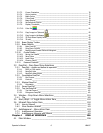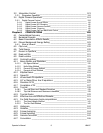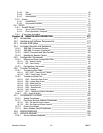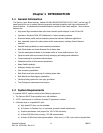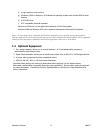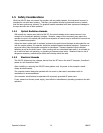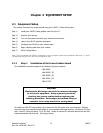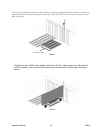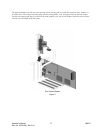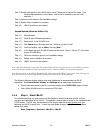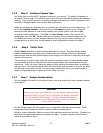1.5 Safety Considerations
While the LBA-PC does not present the operator with any safety hazards, this instrument however is
intended for use with laser systems. Therefore, the operator should be protected from any hazards
that the laser system may present. The greatest hazards associated with laser systems are damage to
the eyes and skin due to laser radiation.
1.5.1 Optical Radiation Hazards
With almost any camera used with the LBA-PC, the optical radiation at the camera sensor is low
enough to be considered relatively harmless. However, usage of this instrument may require the
operator to work in the optical path itself where exposure to hazards may be sufficient to warrant the
use of protective equipment.
Unless the laser’s optical path is enclosed, at least to the point where the beam is attenuated for use
with the camera system, the operator should be protected against accidental exposure. Exposure to
personnel other than the operator must also be considered. Exposure hazards include reflected
radiation as well as the direct beam. When working with an unenclosed beam path, it is advisable to
do so with the laser not operating, or operating at reduced power levels. Whenever there is risk of
dangerous exposure, protective eye shields and clothing should be used.
1.5.2 Electrical Hazards
The LBA-PC utilizes only low voltages, derived from the PCI bus in the host PC computer, therefore it
posses no risk of electrical shock.
When installing or removing the LBA-PC frame grabber card, the power to the computer should
always be disconnected.
The computer should always be operated with its covers in place and in accordance with its
manufacture’s recommendations.
Your computer should always be operated with a properly grounded AC power cord.
If your camera has its own power supply, then follow its manufacture’s operating procedures for safe
operation.
Operator’s Manual LBA-PC
14



